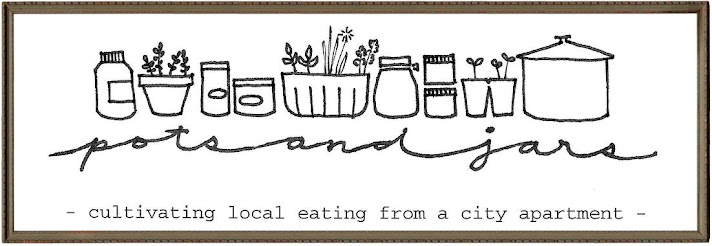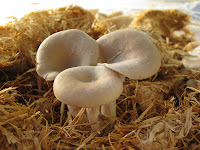Interested in gardening but don't have a space to call your own? Feel like your community has wasted land/green space that could be improved with plants? Guerilla gardening might be your answer.
Guerilla Gardening occurs when people take over a piece of abandoned land to grow plants. It could range from throwing "seed bombs" into vacant spaces and parking lots, to regularly tending and harvesting crops through a season. It questions land ownership and sparks community solidarity by empowering citizens to create their own space and grow their own food.
I decided that my community was in need of some flower power, and determined that guerilla gardening was the way to go. I live right beside the West Don Lands development, which is slated for a pedestrian-friendly, mixed-income neighborhood. At least that's what the city has promised. But right now, and for the past couple of years, it has been a large, boarded-up waste of land.
I acquired some flower seeds: alyssum, greenheaded coneflower, zigzag goldenrod and cup plant. With sunny skies and trowels in-hand, my partner and I ventured out in search of small green spaces to plant our seeds of action.
 Plot #1: East Don Rdwy and Queen East (SW corner).
Plot #1: East Don Rdwy and Queen East (SW corner). This strip of land is right beside our building, and filthy with garbage. The soil is sandy and has lots of small pebbles. Along with the seeds, we also threw down some of the potting soil from my balcony that is from last year and has no use.
 Plot #2: King East, just east of St. Lawrence St (E side).
Plot #2: King East, just east of St. Lawrence St (E side). The ground was dug up, large stones and bricks moved, and seeds scattered on a 3' x 1' area. A passerby even gave us some planting tips.
 Plot #3: King East and Sumach St (NW corner).
Plot #3: King East and Sumach St (NW corner). Sandy, shallow soil. Grass was pulled out, and seeds planted along the fence.
 Plot #4: St. Lawrence St, just south of King East (N side).
Plot #4: St. Lawrence St, just south of King East (N side). By this time we were pretty tired. The best way I can describe what we did here: seed dump.
In all honesty, I think the chances of any of these seeds turning into a full plant is next to none. But I could be wrong... the power of plants shouldn't be underestimated. I've seen flowers grow from narrow sidewalk cracks, and tree roots break up roadways. Maybe these seeds will come up in unexpected ways and welcomed places.
 Last posting on mushrooms for a while, I promise.
Last posting on mushrooms for a while, I promise.













